This analysis is part of the American Rescue Plan: Strategies for Local Leaders series, a feature of the COVID-19 Metro Recovery Watch.
The COVID-19 pandemic has disrupted nearly every aspect of our daily lives, and disproportionately impacted low-income families and vulnerable communities—with a particularly devastating effect on children.
Even prior to the pandemic, economic disparities among families had been leading to large gaps in educational outcomes for school-age kids. Achievement gaps in cognitive and social skills between middle-income children and their peers from under-resourced areas emerge as early as age 3, setting a trajectory that leads to poorer academic performance. A recent report suggested that this gap became more sizable during the pandemic.
To address these disparities, leaders need to look beyond traditional solutions such as tutoring or after-school programs and fully reimagine how we can create learning ecosystems both within and outside of formal educational settings—preparing all children to thrive in school, in work, and in citizenship.
Fortunately, the historic funding in President Joe Biden’s American Rescue Plan (ARP)—a $1.9 trillion relief package passed in March—presents an opportunity to build this ecosystem.
After a year in which disruptions to schooling forced many children to slip further down an already unequal learning curve, we argue that some of ARP’s funding should be channeled into supporting new approaches to growing their knowledge and skills—while making cities more fun and playful for everyone.
Using ARP to support Playful Learning Landscapes
A bold approach to building this ecosystem is Playful Learning Landscapes (PLL), which marries the science of child development with urban design to embed games, puzzles, and other learning opportunities into bus stops, parks, and other everyday places—transforming them into enriching social spaces for children, families, and communities. The Brookings Institution—in collaboration with Temple University, through the leadership of Professor Kathy Hirsh-Pasek, and the Playful Learning Landscapes Action Network (PLLAN)—is working to build an interdisciplinary community of practice around adopting and scaling the PLL approach.
The American Rescue Plan has two primary funding streams that could potentially support playful learning installations and activities.
First, ARP provides the nation’s school districts with $122 billion in Elementary and Secondary School Emergency Relief (ESSER) to, among other things, fund “summer, afterschool, and other extended learning and enrichment programs.” Play should be a key part of such efforts, and school districts could use funding to collaborate with public, private, and nonprofit organizations to embed PLL activities not only in school yards, but in other public spaces and community businesses like laundromats and grocery stores.
In fact, an overwhelming body of evidence points to play as the best way to equip children with a broad set of flexible competencies and personal capacities needed to thrive in today’s rapidly changing world. What makes PLL unique is a critical layer of playful learning—a spectrum of child-directed play methods that includes free play (no direct adult involvement), guided play (supported by adults toward a learning goal), and games (rule-based activities with learning goals) informed by the latest findings in developmental science. In guided play—the focus of interactions in PLL—an adult helps structure an activity centered around a learning goal (e.g., an art project to learn about shapes), while allowing children to maintain control over their learning. In this way, PLL provides children the opportunity to learn traditional skills such as math, reading, and spatial skills, and at the same time promotes creativity, problem-solving, collaboration, and exploration.
Second, ARP’s State and Local Fiscal Recovery Funds, which rightly focus on serving communities and families hit hardest by COVID-19, provide an additional opportunity to support innovative activities and investments such as PLL. Indeed, as our colleagues Mark Muro, Eli Byerly-Duke and Joseph Parilla explain, the “secret ingredient” of ARP is the flexibility of state and local government funds, which represents “a bright green light for creative problem-solving by states and localities.”
PLL practices and outcomes align with the goal of “addressing educational disparities” identified in the Treasury Department’s guidance for state and local funds, suggesting how they could support PLL in the qualified low-income communities that need them most. PLL offers a scalable, sustainable, and evidence-based approach for embedding playful learning into the public realm. Through fun, interactive installations co-created in spaces that families frequent, PLL encourages the development of critical skills and connections. While PLL can benefit all children, evidence indicates that targeting activities in communities where families have less access to extracurricular learning spaces and enrichment activities could help children from these areas enter and engage in formal schooling on a more level playing field, setting a positive course for later life outcomes.
A core element of PLL involves engaging with caregivers, community leaders, and neighborhood businesses to co-design, develop, maintain, and in some cases even evaluate PLL installations. For example, in PLL’s Urban Thinkscape installation—which transformed an abandoned lot next to a bus stop in West Philadelphia into an interactive play space—researchers worked with community members to design evaluations of their project based on local needs and goals. Engaging and partnering with community members and organizations supports a culturally relevant and flexible approach to learning that fosters educational equity for all children.
A new opportunity to scale playful learning
ARP funding provides a once-in-a-generation kick-start to scale playful learning in cities—with the goal of blanketing whole neighborhoods with learning installations and activities.
“Scaling” in this context means a few things. First, children need a large enough “dose” of community-based playful learning opportunities in order to have an impact. This means creating a learning ecosystem that targets spaces where children and their caregivers spend time, such that the learning becomes part of their daily routines. Importantly, and consistent with ARP’s goals, these playful learning hubs should be concentrated in communities where children may already have limited access to out-of-school learning opportunities.
Scaling also means thinking about the different “shapes and sizes” of playful learning. This can include big outdoor installations such as Urban Thinkscape, signs in supermarkets that prompt caregiver-child communication, and interactive play spaces in public libraries that together help build a range of skills, including numeracy, literacy, and spatial reasoning.
Infusing playful learning in everyday places does not necessarily come with a huge price tag. Rather, cities can scale such efforts with commitment and coordination across public agencies; strong partnerships with community, nonprofit, philanthropic, and private sector actors; and a simple yet expansive communications strategy. Most importantly, scaling demands that playful learning becomes embedded into the mainstream design processes of programs and improvement projects—from playgrounds to bus shelters to housing developments—as they get implemented over time.
By using ARP dollars to support and scale playful learning, cities can experience a wide range of outcomes that span both child development and placemaking—enhancing educational opportunities for children and families, and a stronger social and civic life for everyone.
The Brookings Institution is committed to quality, independence, and impact.
We are supported by a diverse array of funders. In line with our values and policies, each Brookings publication represents the sole views of its author(s).

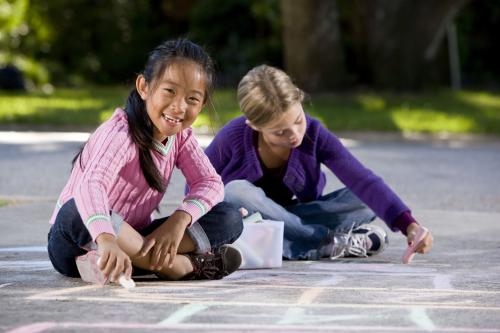
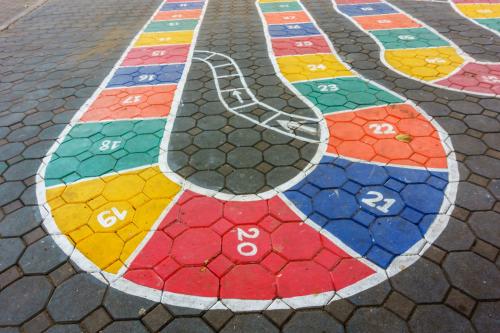
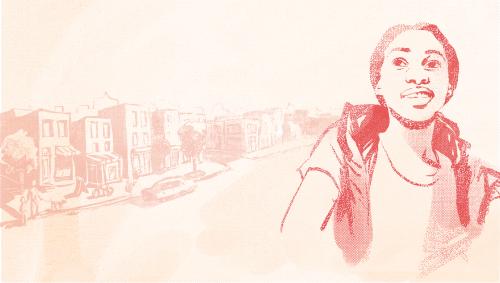

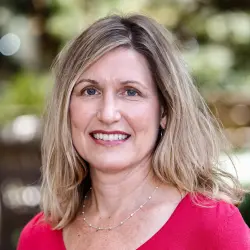


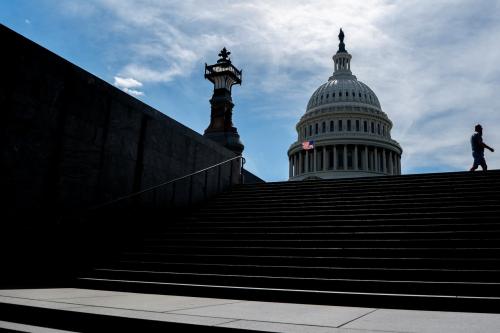
Commentary
How local leaders can use American Rescue Plan funds to support playful learning in cities
June 1, 2021